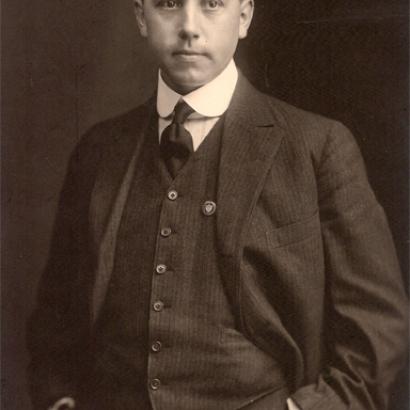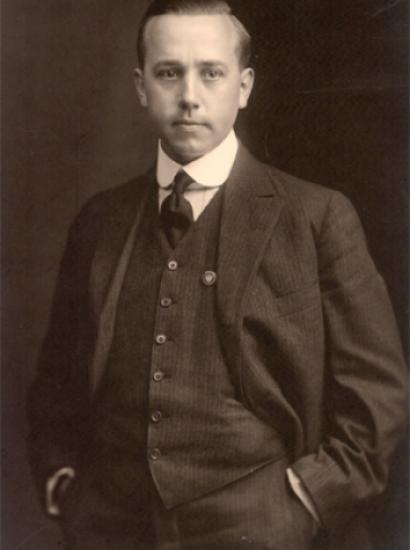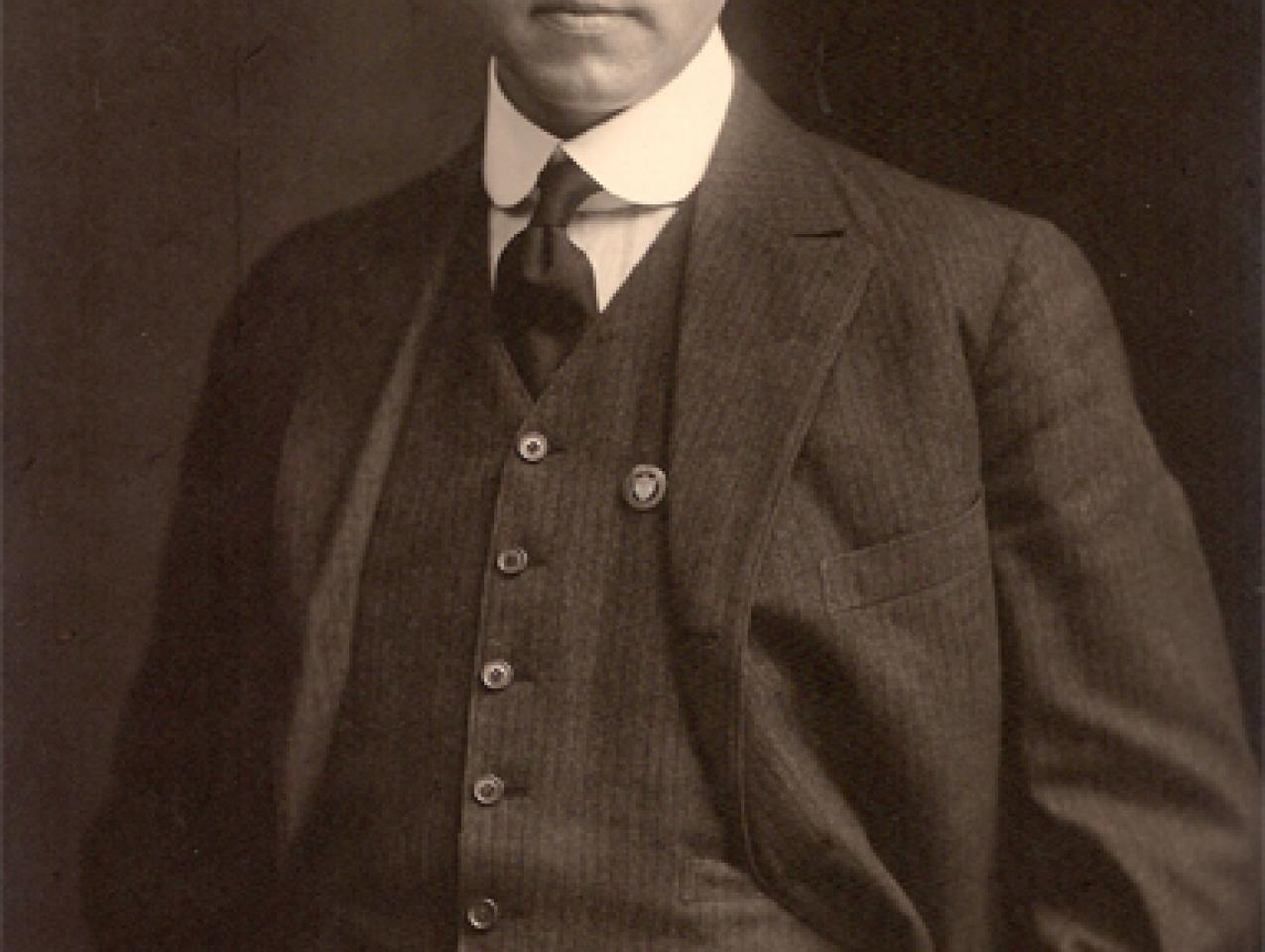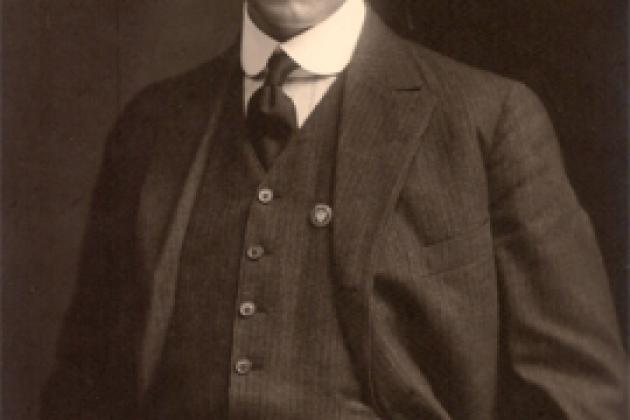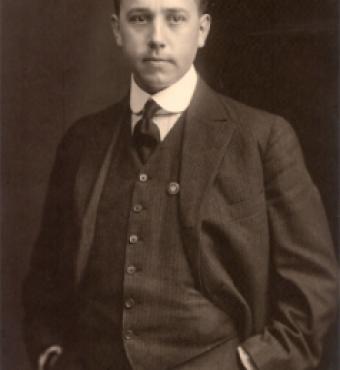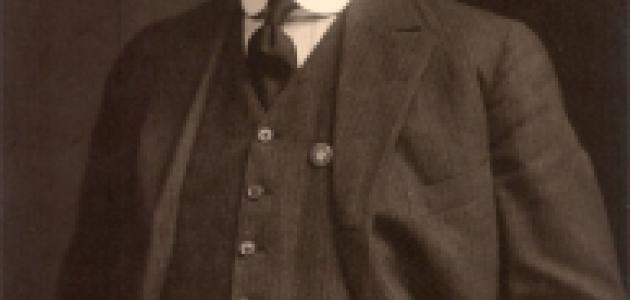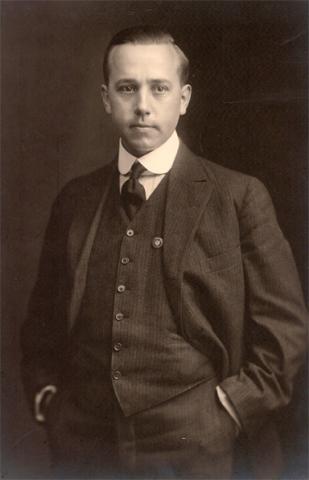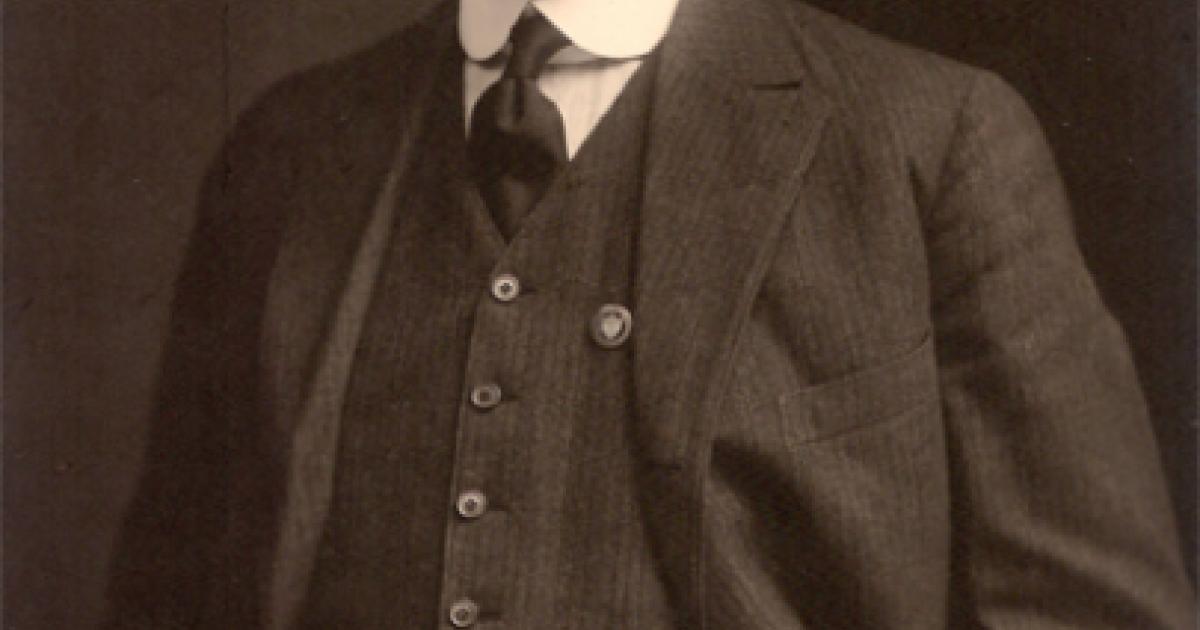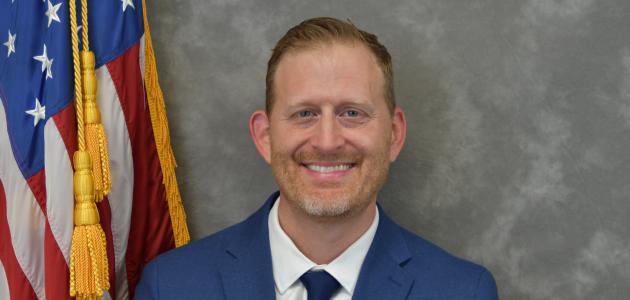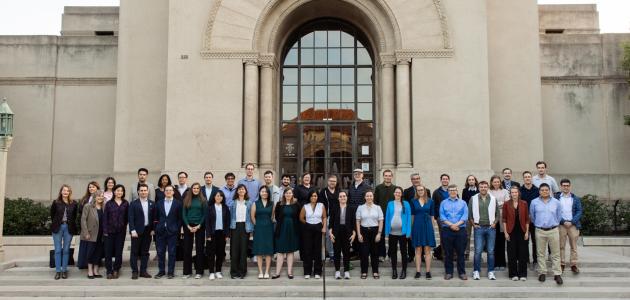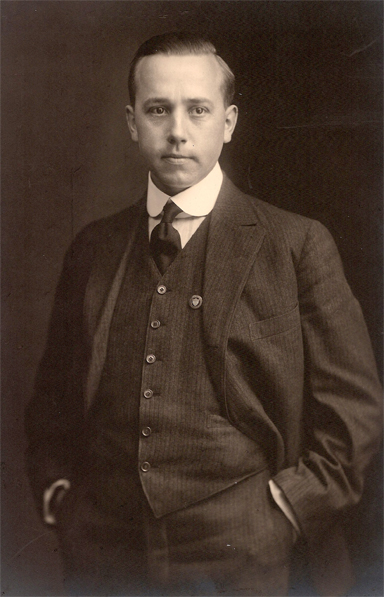
The Hoover Archives have received the papers and photographs of Charles Nelson Leach (1884–1971), a US doctor who participated in some of the greatest health emergencies of the twentieth century. His association with programs led by Herbert Hoover and contribution to the building of the Hoover Tower are remembered on the walls inside the lobby of the Hoover Tower, where his name is inscribed in three separate places.
A native of Vermont, Charles Leach came to California as a young man. He completed his degrees at Stanford and Stanford Medical School, supporting himself by working in a sulfuric acid plant. Asked by Herbert Hoover to go to Europe with the Commission for Relief in Belgium (CRB), Leach worked in Belgium until the United States entered the war in 1917, with American Ambulance at Neuilly-sur-Seine near Paris, and in a mash-type facility in Flanders. After the war, he served with Hoover’s American Relief Administration (ARA) in Eastern Europe, first based in Vienna, then in Budapest, where he directed a hospital for children. He also traveled throughout the region. In 1920, Leach was hired by the Rockefeller Foundation, which sent him to Johns Hopkins to earn a degree in public health. Soon afterward, Leach went on many public health assignments, including the Philippines, Japan, Europe, and China. World War II found him in the Philippines, where he was interned by the Japanese. At the end of the war, Dr. Leach traveled extensively in Europe, becoming involved in various health projects sponsored by the Rockefeller Foundation and the British Red Cross. He assisted with nutrition in Holland and the health care of survivors of the Bergen-Belsen Nazi concentration camp. Retiring from the Rockefeller Foundation in 1950, Leach returned to Vermont, where he continued to do public health work and served on the board of the American Red Cross. His last international projects were supervising of health service at a Hungarian refugee camp in Austria in 1956 and a trip with a Belgian American Educational Foundation (BAEF) to Congo to evaluate the health services there. In that the BAEF was the institutional heir of the CRB, Charles Leach ended his distinguished world public health mission where he had begun it nearly five decades earlier.
The bulk of the Charles Leach collection pertains to the 1917–1920 period. It includes photo albums, calendars, clippings, and a diary of an adventurous 1919 trip, in an ARA Cadillac, through Central and Eastern Europe. The papers also include substantial documentation of the Santo Tomas and Los Banos internment camps in the Japanese-occupied Philippines.




